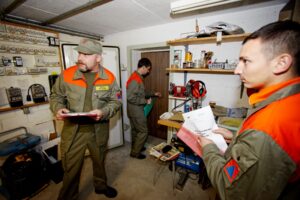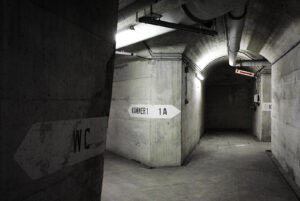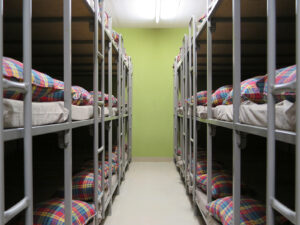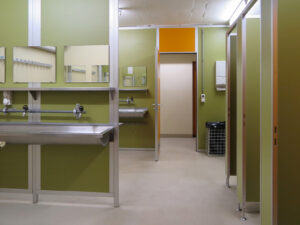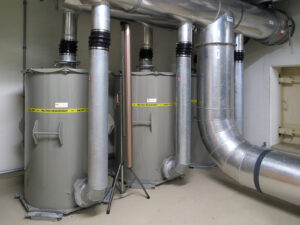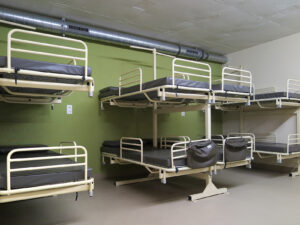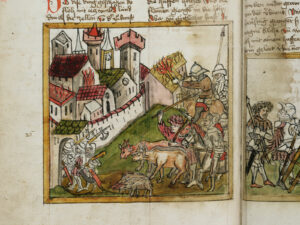Shelters – a Swiss phenomenon
Hidden amidst the single-family homes, blocks of flats and public facilities in Switzerland are approximately 360,000 shelters designed to offer protection in the event of war breaking out. The protective structures, which today are used as wine cellars, hobby rooms or storage areas, were for the most part built during the Cold War.

"Life in the shelter": The informational film produced by the Swiss Federal Office for Civil Protection illustrates what needs to be considered in the event of a disaster when living in a shelter, 1984. Condor Documentaries Zürich / DDPS
